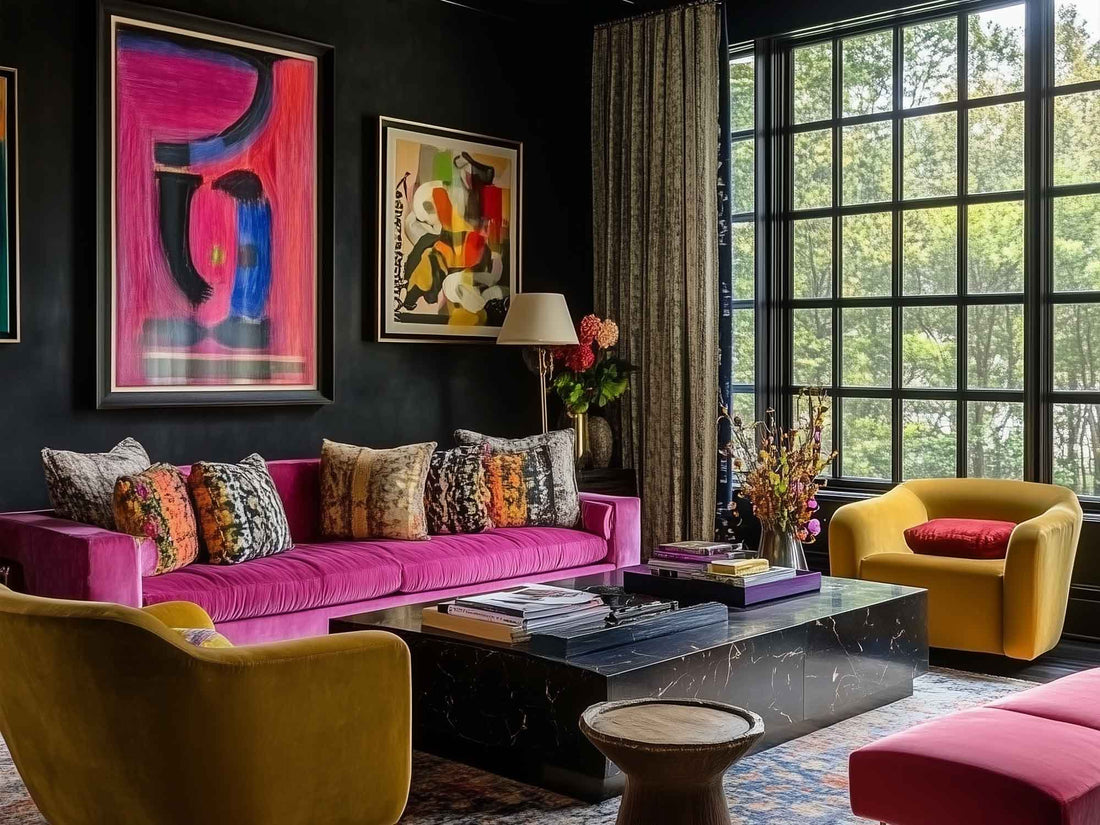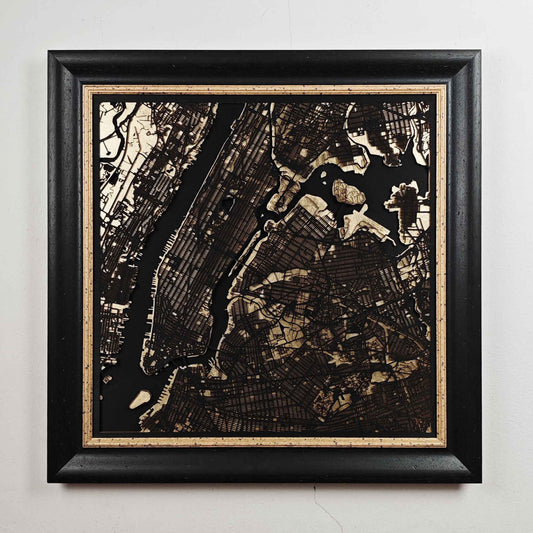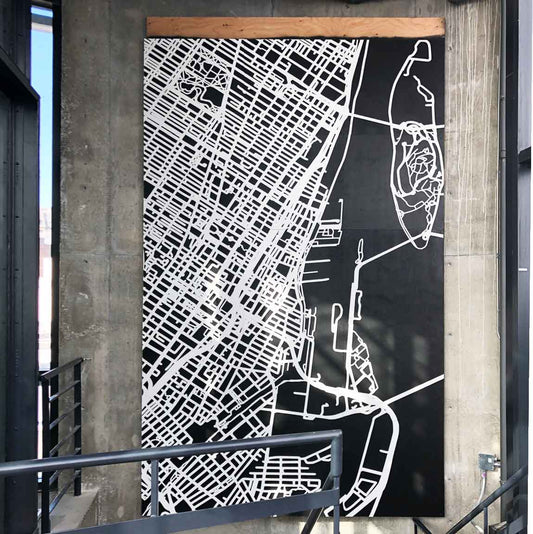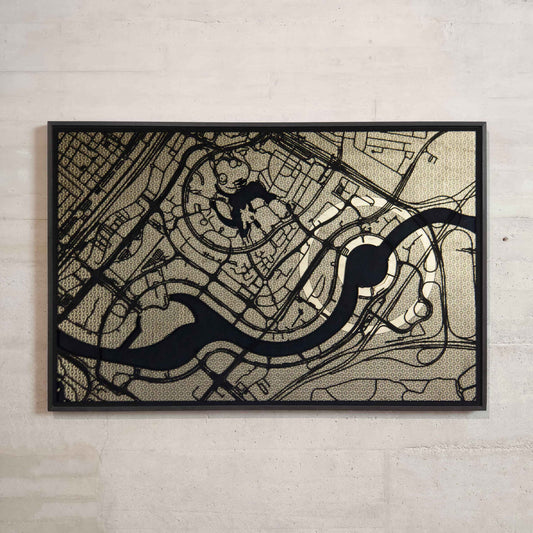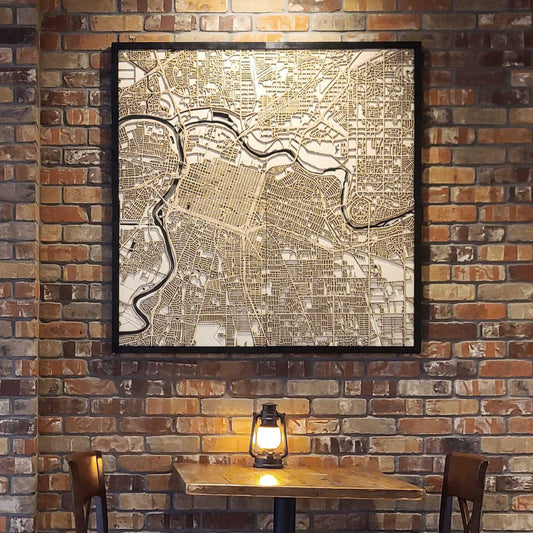Colors have a profound impact on our emotions, perceptions, and even our behavior. When incorporated into wall art, different hues can influence mood and mental well-being, making it essential to choose the right colors for your space. A great way to personalize your decor is with a custom-made wooden map, adding warmth and character to your walls while complementing your chosen color scheme.
How Do Different Colors Affect Your Mood?
Ever walked into a room and felt instantly happy—or maybe like you were trapped in a dentist’s office? That’s the power of color! Red revs up excitement and energy, making it great for a lively space. Blue, on the other hand, is like a spa day for your brain—calm, cool, and collected. Yellow is the life of the party, bringing in sunshine and creativity, while green makes you feel like you just stepped into a peaceful forest. If your walls could talk, they’d definitely have some strong opinions about color choices!
Beyond these immediate reactions, color psychology plays a deeper role in shaping our long-term emotional states. Warm colors, like reds and oranges, can create excitement and urgency, making them suitable for dynamic environments. Cool tones, such as blues and greens, have been found to lower stress and improve focus. Neutral shades provide a balanced foundation, giving a sense of stability and calm.
How Does Color Affect Mood in Art?
Art is more than just a pretty picture—it’s a mood influencer! The colors in a piece of art set the tone, like the DJ at a party. Warm colors like reds and oranges crank up the energy, while cool blues and greens are basically an invitation to chill out. If you’re aiming for sophistication, go for muted tones. And if you want your guests to feel like they just had an espresso shot, bright contrasting colors will do the trick. Choose wisely, because your wall art might just be bossing around your emotions!
Artists use color to communicate emotions and meaning. Vibrant, high-energy hues may evoke excitement, while soft, pastel tones can create a sense of nostalgia or tranquility. Custom-made wooden maps, for example, can be designed with personalized colors that tell a visual story, creating an emotional connection to the space.
Does Color Affect Personality?

Do you love blue? Then you might be the dependable, trustworthy friend who always has snacks. Red fans? You’re bold, passionate, and probably the person who organizes surprise parties. Green lovers are all about balance and nature, likely to have at least three houseplants (and name them). And if yellow is your jam, you’re the fun, creative spark in the group. While colors won’t rewrite your personality, they sure help express it!
Color preferences often reflect personality traits. People drawn to warm, bold colors like red and orange tend to be outgoing and energetic. Those who favor cool shades like blue and green may be introspective and calm. Choosing a color for your wall art isn’t just about aesthetics—it’s an extension of your personality and how you want to feel in your space.
How Are Mood and Affect Different?
Mood and affect are related but distinct psychological concepts. Mood refers to a longer-lasting emotional state, like feeling generally happy, anxious, or relaxed. Affect, on the other hand, is a more immediate and temporary emotional reaction to stimuli—such as the joy of seeing a vibrant sunset or the calmness evoked by a blue-toned painting.
Color plays a crucial role in both. A room painted in soothing pastels might contribute to a long-term peaceful mood, while a sudden exposure to bright red artwork could trigger an instant feeling of excitement or even urgency. This makes it important to consider not just individual pieces of art but also how they contribute to the overall atmosphere of a space.
What Color Is Best for Mental Health?
If your mind needs a break, blue and green are your best buddies—relaxing, refreshing, and stress-reducing. Want to wake up feeling ready to conquer the world? A splash of yellow will do the trick! Soft neutrals like beige and pastels create a cozy, balanced vibe, perfect for a mental health boost. The key is to surround yourself with colors that make you feel good.
Studies have shown that exposure to certain colors can impact mental well-being. Blue hues promote relaxation and can lower stress levels, making them ideal for bedrooms or meditation spaces. Green, associated with nature, fosters a sense of renewal and balance. Yellow, in moderation, can uplift mood and enhance creativity. Choosing art and decor in these shades can contribute to a healthier, more positive mindset.
Why Do Certain Colors Evoke Emotions?
Colors evoke emotions due to a combination of psychological, cultural, and personal experiences. Psychologically, our brains are wired to associate certain colors with specific feelings—blue with calm, red with urgency, and green with growth. Culturally, meanings vary: white may symbolize purity in one culture and mourning in another. Personal experiences further shape these associations; a shade of yellow may remind someone of childhood happiness, while deep blue may bring memories of the ocean.
Lighting, texture, and contrast also play a role in how colors are perceived. A custom-made wooden map, for instance, can incorporate color choices that not only complement the natural warmth of wood but also elicit specific emotions, creating a deeply personal decorative piece.

